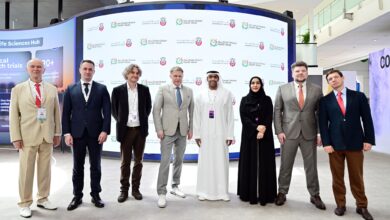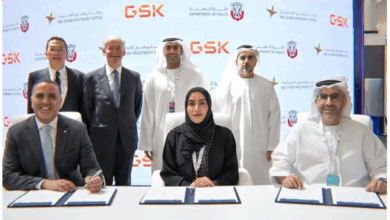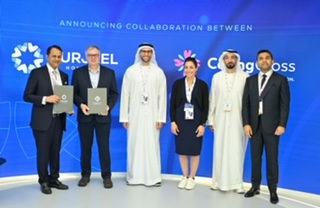Vision 2030 and healthcare in the Middle East & North Africa

Twenty nations make up a group of countries tagged as MENA. These are: Algeria, Bahrain, Djibouti, Egypt, Iran, Iraq, Israel, Jordan, Kuwait, Lebanon, Libya, Morocco, Oman, Qatar, Saudi Arabia, Syria, Tunisia, United Arab Emirates, W.B & Gaza and Yemen in alphabetical order. Their combined population is close to 500 million – in other words one in every fifteen human beings on the planet is a MENA resident.
Other than an Arab identity shared by all except Iran and Israel, there is huge disparity in terms of GDP, stage of development and civil stability. Syria and Yemen are in a state of extended civil war, Gaza in a state of continual conflict while Jordan and Lebanon have sporadically had their share. These (~ 85 million) constitute about 20% of the MENA populace and statements of intent difficult to formulate. Per capita GDP in Syria and Yemen continues to be below a thousand dollars an annum.
Conflict apart, affluence plays its part on health care levels. Some of the other MENA countries on the other hand, have achieved per capita GDPs that places them at par with rich nations of the developed world. Saudi Arabia is an economic power house with total GDP of 883 billion (its per capita GDP is US$ 24,500). Tiny Qatar tops the region in per capita GDP at US$ 66,800. Next come Israel, the UAE, Bahrain, Kuwait and Oman. Put together (~ 70 million) they constitute around 15% of the MENA populace.
Meanwhile the balance 10 nations (Jordan and Lebanon included) may not be considered rich but neither are they too poor to introduce health systems and adopt technologies. They constitute two-thirds of the people of MENA.
Declarations of Vision and proclamations of mission statements are the new norm. Most often they are either sweeping generalizations or highly skewed conjectures (especially when touting technology).
At the cost of putting foot in mouth however, we put forward the Vision for 2030 – Middle East & North Africa. It is a vision borrowed from DHA (the Dubai Health Authority) that simply states their vision being:
“An effective and sustainable health system for a happy society.”
It is a wonderfully holistic vision not bogged down in minutae.
Improvement and state-of-art technolgy has not been limited to the rich MENA countries with surplus resources but has been demonstrated by many of the core group nations in MENA – the developing ones. We see rapid further progress along these lines. Specifically:
- Exchanges between these countries to learn and cooperate with each.
- Establishment of medical institutions for cadres of health care personnel
- Introduction of scholarships and such like extended from the better off for the needier
- Further studies on health issues
- Implementation of data generation and analysis apparatus and exchange of such information
- Better identification of problems and issues and development of relevant solutions
- Health system reform and renovation – such as in parts Egypt’s Public Sector health care
- Greater spread for an insurance umbrella for all.
- Innovative financial solutions for generating wherewithal for programs – e.g. taxes on tobacco (and many other consumer items – such as junk food) can be channelized step by step into insurance.
- Dissemination of information about healthcare advances of all types.
Just as water finds its own level; so too, will technology – smart chips, IoT, AI, blockchain, et al. Given dissemination it is a matter of relevance and cost.





